Convert your Readers into Consumers like a pro with these Copy-writing Techniques
Well, you’ll have to be – Persuasive. Alluring. Compelling.
Copywriting is not a doddle, it can be tricky! It is the art of connecting with your audience to convert them into customers.
Confused about how to write the perfect copy? Focus on these 7 steps:
- Target the Right Audience
- Clearly address their concerns and objections
- Stick to the end goal
- Work on writing tactics
- Make your copy easy to go through
- Test your copy and revise it
- Touch up
7 Snazzy Tips for high-quality conversion copies
1. Target the Right Audience
Try to understand the people you are writing for.
Create Personas: Gather information to create multiple profiles of your ideal customer. You can use personas to identify the broad demographics, characteristics, and demands of your target audience.
Personas are developed using data from surveys, digital interactions, and other sources that marketers can use to get a more complete picture of the target market.

Eliminate those you think are not your audience: List out all the benefits that your product/service provides. And then, think about all the people who would benefit from it. This will help you filter out your prospects.
Distribute client surveys: Speak with your current clients. Create a survey using one of the numerous available free survey platforms (say Google Forms) with the goal of identifying important personas, then combine it with Audience information from your analytics.
Examine online consumer reviews for trends: Visit well-known internet discussion boards like Reddit or Quora to find out who is specifically interested in that field or market.
This rigorous phase of data collection will help you write accurately, persuasively, and hence somewhat influence your reader to take action. Otherwise, you are just assuming, and guess work does not work in conversions.
2. Address their concerns and Objections
Now that you know your audience, you will better understand the reasons that refrain them from buying your goods or services.
Learn about their fears, objections, and concerns.
Why are they not buying?
Is it because the price is high?
Or Are they having trust issues?
Maybe they don’t feel the need for your product/service.
Or, probably, they don’t feel the sense of urgency to buy it.
Here’s how you can deal with these:
* Make your product’s unique value proposition obvious throughout your sales page language to dispel these arguments.
* Add social proof, such as case studies and testimonials, to your argument if the major criticism is one of lack of credibility. (More to follow on this.)
* Focus on your product’s worth — what they stand to gain — rather than how much it will cost them if clients have concerns about pricing.
* Including a frequently asked questions (F.A.Q.) section below your product descriptions is a terrific approach to raise and address the objections of your website’s users. The next steps, potential issues, and any other inquiries they may have can all be covered.
3. Stick to your end goal throughout the writing process:
After all the research, now, roll up your sleeves and get ready to secrete your creative juices on the paper.
Keep in mind – you need to carry a single idea or a message throughout the content. “One page with one message” is the recipe to get conversions.
A wandering mind can insert distractions from the sole idea while writing, which will minimize the conversion rate. Hence, you need to focus on one conversion goal.
Before you write, ask yourself:

So, whatever the purpose is, be absolutely clear about it, before you start writing. It will not only help you to write more precisely that will resonate with readers, but also optimize your conversion rate.
4. Writing Tactics
(A) Don’t sound Unsure
Writers should avoid words like need, think, probably, maybe, and possibly, which create doubt among readers.
Instead, be direct with the words that provide surety and build trust between you and your audience.
Consider a water park, for example-the advertisement says: “Install our application and enjoy 50% off on all rides on your first visit”. It does not say, “Install our application, and you might get 50% off on all rides on your first visit”.
You feel empowered when you show confidence through your writing. Similarly, see this example:
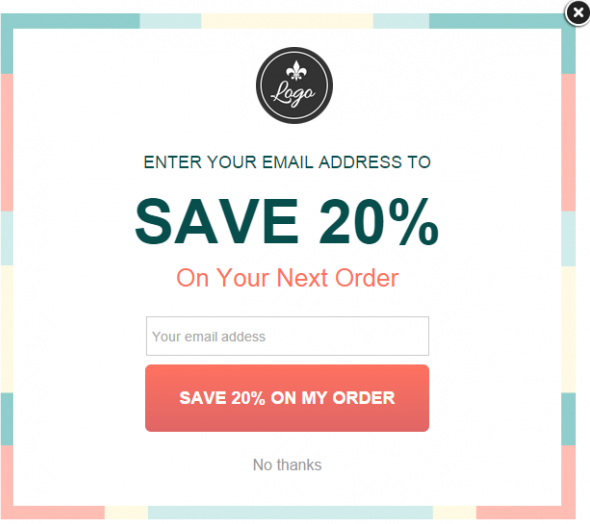
(B) Skip the boring phrases, Be Creative with your Offer
Let’s not use phrases that are used most frequently.
Be unique. That’s how your customer will get impressed.
But, it must make sense and should be easy to consume.
CTAs, phrases and power words that every writer uses in their writings, become less attractive.
People are used to these and do not feel enough motivated to take action.
Instead, use stronger and more compelling action verbs.
For instance – “Saying Plan your Movie Night”, instead of saying “Sign up to get Access”.
Which one do you find more attractive?
Certainly, the second one is more catchy and effective. Compel the viewer to automatically take action.
Here’s what you got:
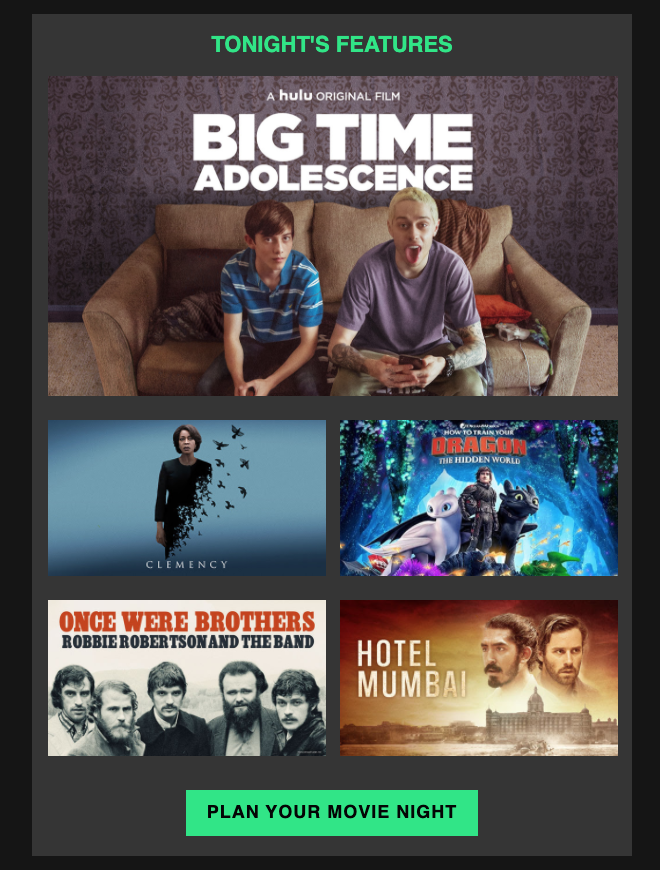
(C) Negative call-to-action can be the key
Psychologically, we tend to pay more attention when we hear or read “NO” or “DON’T”. These words usually trigger us!
So, why don’t we use this in our favor?
Use more negative words in your call-to-action like, instead of writing “subscribe to my channel”, try, “don’t forget to subscribe to my channel”.
They work almost every time, as far as I have observed.
Check this example. What do you think?
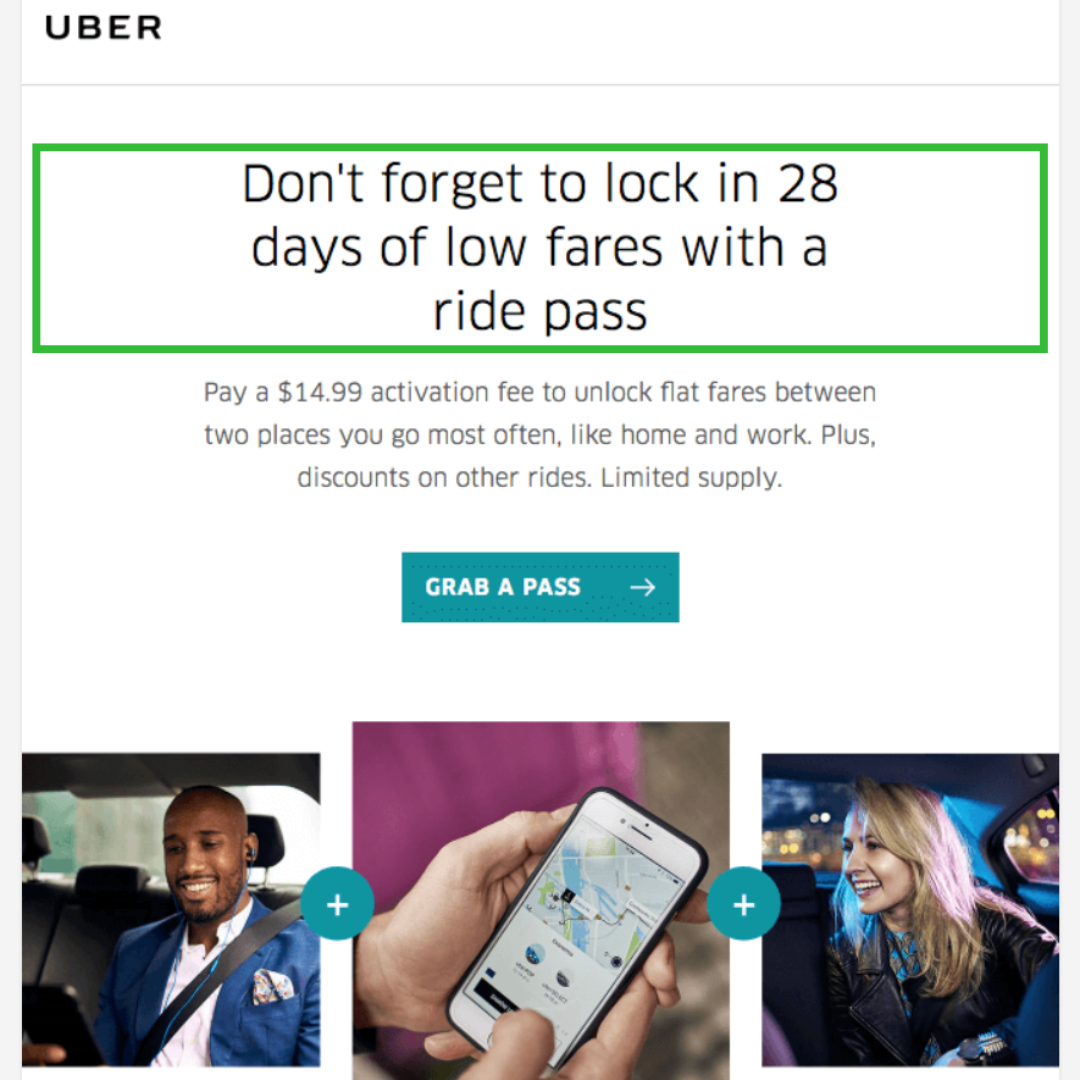
(D) Embrace the power of we/you
Too much usage of ‘I’ can be considered as self-centric and selfish behavior of the seller and hence should be used in a very restrictive manner.

These words are also very helpful in making bonds with the reader and portray high chances of conversion.
(E) Introduce ‘Why’ & ‘Because’
Your prospect is here to find solutions to his/her problems.
Whenever possible, use ‘Why’ and ‘Because’ to arouse curiosity and keep your reader stuck to the content for a longer period-the policy of connecting and converting.
“Why”? is provoking thoughts and compels the reader to scroll down the article, in the search of an answer, while “because” resolves the hunger of not knowing.
These words can make a beautiful bridge between the starting and the end of the content that allows the reader to easily glide over.
Pinpoint their biggest problem and design questions/answers accordingly.
For instance, if you write,” Want to know our latest winter fashion styles”? rather than, “Want a quicker and easier way to find out the best outfit for you this winter season? You have thin chances of getting success.
Like all high-quality copywriting, the key is to discover your reader’s pain.
(F) Try the FOMO Strategy
Here we are creating fear-of-missing-out- an extremely powerful tact for conversion.
It creates a fear of not getting your material or an offer if you do not buy it in a given period of time.
How to do it??
*You put a time limit or deadline (” sales ending in 24hrs”)
*You show scarcity to the customer (” only 5 left in the stock, hurry up”)
Though I am not a shopaholic, the countdown timer on the top of the Myntra application is usually all the encouragement I need to buy.

(G) Communicate Benefits effectively
Tell the reader how your product/service is going to help them, how will it act as a solution to their problem, how will it make their life easier.
If you were the buyer, would you make the purchase decision based on the 100 features or a few benefits that the product offers?
Consumers do not want to hear about the 50 features that your product has.
Most of the time they don’t even understand those features.
All they want to hear about is a solution to their problems. Listing out the benefits will provide the customer with multiple reasons to buy from you.
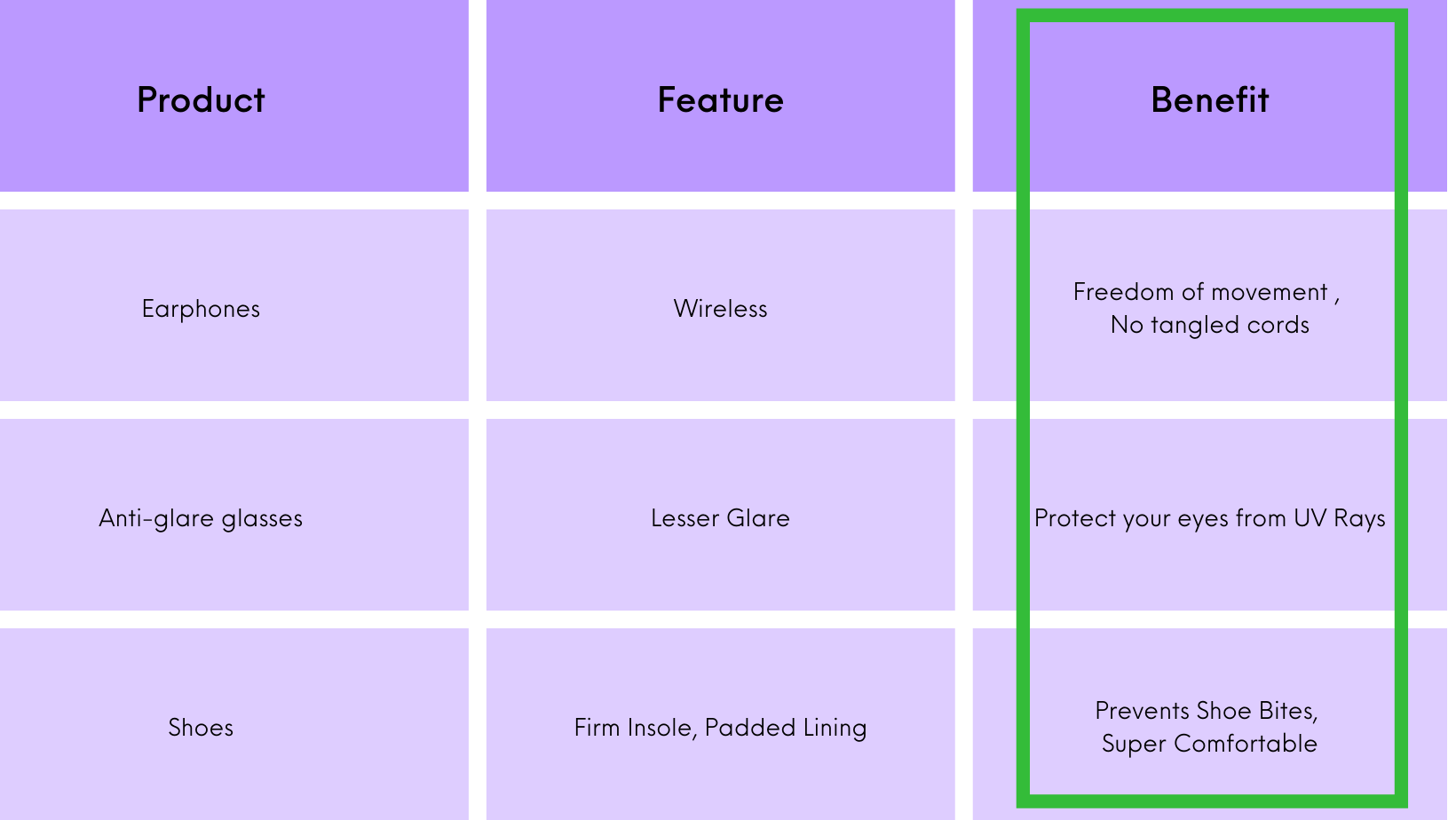
(H) Focus on creating killer Headlines
You need to grab your prospect’s attention in the beginning only.
If you have your headlines all bold and catchy, only then will your reader spare a glance at it.
Spend time in writing a headline that grabs the attention of your prospect and makes them want to know more.
– List a number of headlines and split test to choose the best.
– Highlight a benefit through your headline.
– Use headlines that have worked in the past, as templates.
Just make it worth your reader’s eye!
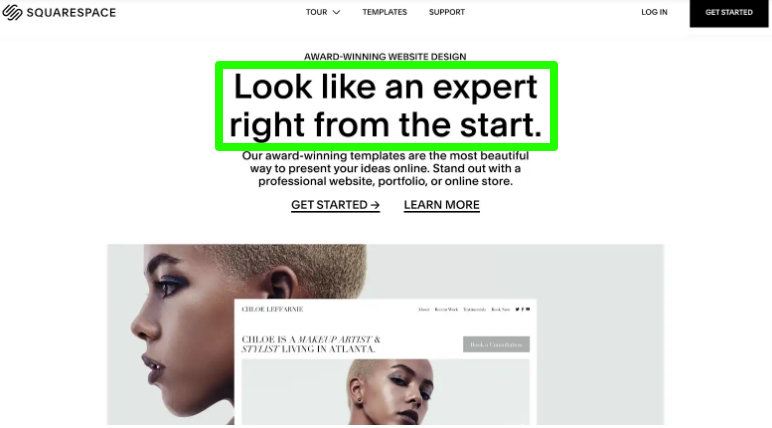
(5) Make your copy easy to go through
Remember that your prospect is only going to skim through your content. They don’t want to just READ and READ and READ!
Most of them, would not even have the time!
Ask yourself! Do you like reading chucks of text in a sales page? No one does!
Segregate your content into smaller parts so that your reader can easily consume it.
For that, it is recommended to use headings, subheadings, numbered lists and bullet pointers.
If it is easier for your reader to get the information in limited text, they will stay longer on your page.
Now, the copy down below is readable, because it has major points highlighted, and there are no big blocks of content.
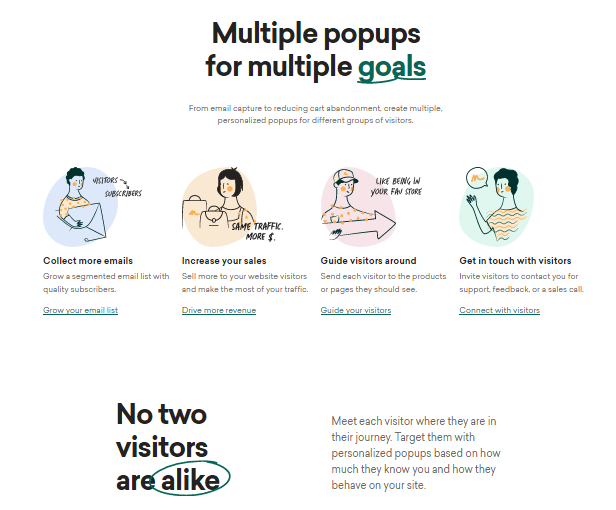
(6) Test your copy and Revise it
Do your own branding.
Set up social media accounts.
Write. Optimize. Share.
Ask your friends, family, employees, and colleagues to read, share and give useful reviews.
This will help you in many ways:
~ Recognize articles/ blogs/posts that got maximum likes. Save that work and use it as a base template for other writings, and make a glossary out of it.
~ Will give you an idea about your potential, existing, and future readers from where you can collect data either manually or by AI for future research and references.
~ By working on negative comments and constructive criticism, you can level up your game in conversions.
7) The final touch
After finishing your conversion writing, observe how your writing looks on the page. Consider the fact that, many visitors just come to skim the content, you need to give utmost relevance to:
· spacing
· readable font
· proper alignment
· correct spellings
· right use of numbers and symbols in the text
· related animation and images
· use layman’s language
· write simple vocabulary
Summing it up:
Know your audience and writing platform for the selection of specific words and setting up the right tone.
For instance-for a newspaper write up, you should use formal words with the least grammatical errors while on the flip side, a well written Instagram post is supposed to have funny and catchy captions with emojis and other fancy stuff.
So, choose accordingly and wisely.
Now, all you need to grab your writing tools and start converting.
All the best!!!

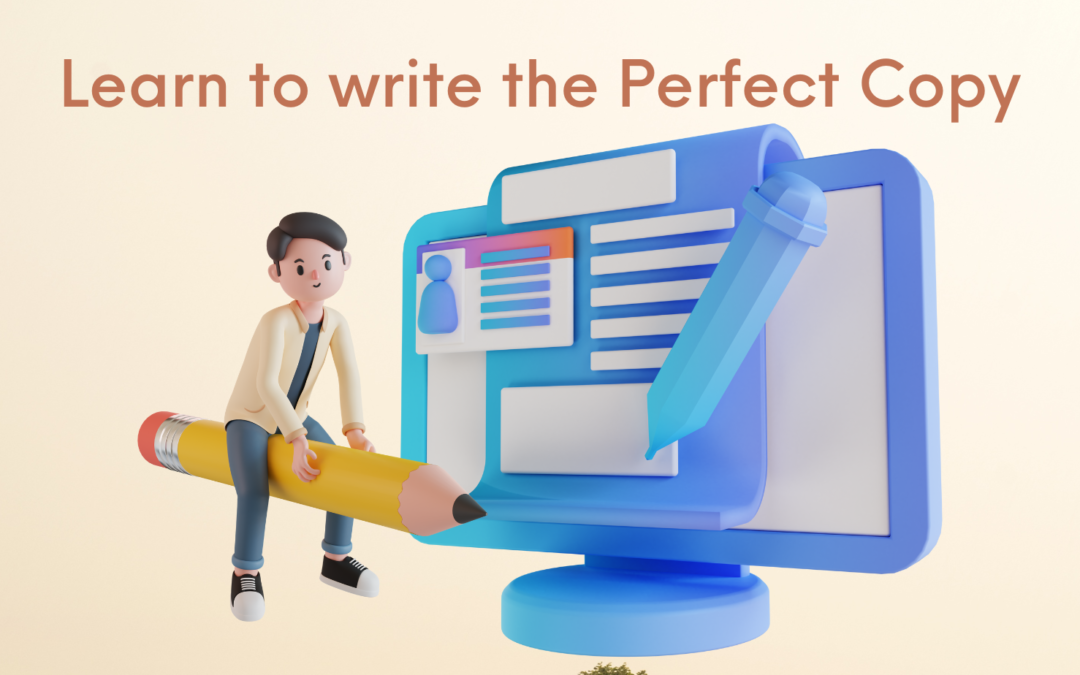
Recent Comments